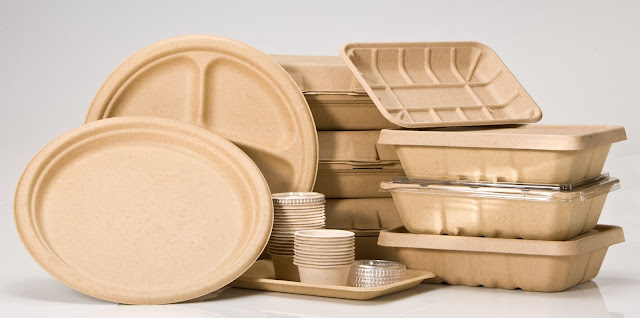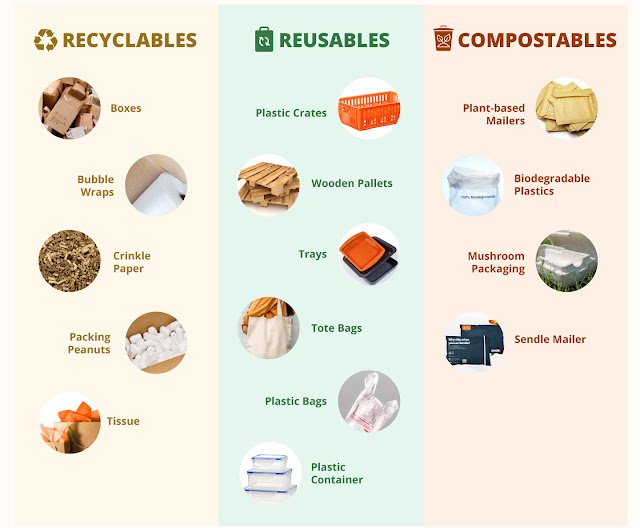Biodegradable packaging
Biodegradable packaging refers to packaging materials that have the ability to naturally break down and decompose into natural elements, such as water, carbon dioxide, and biomass, through the action of microorganisms or natural environmental processes. Unlike traditional packaging materials, which can persist in the environment for hundreds of years, biodegradable packaging offers a more sustainable alternative that reduces waste and minimizes environmental impact.
The global bioplastics industry, which includes biodegradable packaging, has been experiencing significant growth in recent years. According to a report by Statista, the global market value of bioplastics is projected to reach around 8.2 billion U.S. dollars by 2028. Additionally, the biodegradable plastics market is expected to grow, with a projected market value of around 7.3 billion U.S. dollars by 2026.
The demand for biodegradable packaging has been driven by various factors, including increasing environmental awareness, concerns about plastic pollution, and government regulations promoting sustainable practices. Biodegradable packaging offers several benefits, such as reduced reliance on fossil fuels, lower greenhouse gas emissions, and the potential to minimize waste and litter. It is commonly used in various industries, including food and beverage, personal care, pharmaceuticals, and consumer goods.
Biodegradable packaging materials can be derived from renewable sources, such as plant-based polymers like polylactic acid (PLA), starch, cellulose, or other bio-based materials. These materials can be compostable, allowing them to degrade in composting facilities under specific conditions. It's important to note that not all biodegradable packaging is compostable, as some materials require industrial composting facilities to break down effectively.
In terms of market share, Europe and North America have emerged as significant markets for biodegradable packaging. Europe is the largest market for biodegradable plastic packaging, followed by North America. Asia Pacific is also a fast-growing market for biodegradable packaging, driven by increasing consumer awareness and government initiatives to reduce plastic waste.
Overall, biodegradable packaging plays a crucial role in promoting sustainability and reducing the environmental impact of packaging materials. It offers a viable solution to address the growing concerns associated with plastic waste and pollution, and its market is expected to continue growing as more companies and consumers adopt eco-friendly practices.
Xem thêm:
1. Hang tabs
2. Khay nhựa định hình
3. Nhựa định hình



Nhận xét
Đăng nhận xét